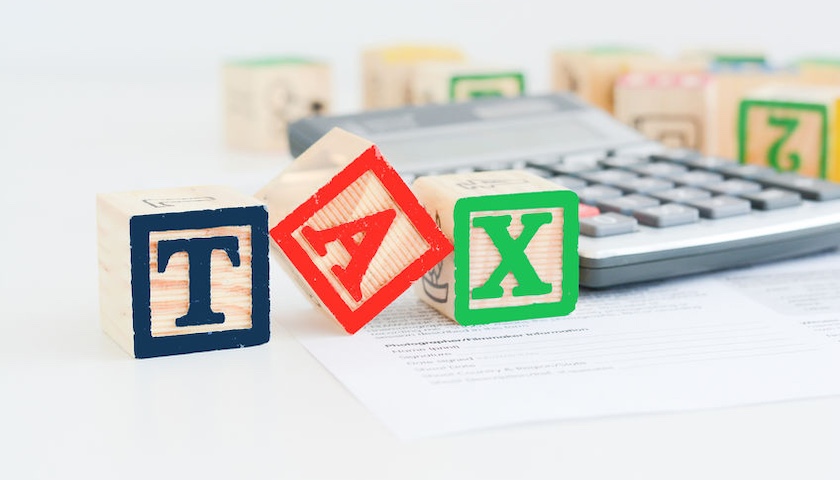If you’re the owner or a director of a limited company, you’re sure to have heard about ‘marginal relief’ on Corporation Tax.
It’s particularly important to businesses with profits under £250,000 as it can reduce the percentage of Corporation Tax that you pay. In this blog post, we take a closer look at what marginal relief on Corporation Tax is and give you some tips to help make sure you’re not paying too much.
A major change to Corporation Tax
Between 2015 and 2022, Corporation Tax was charged at a flat rate, regardless of how much profit your company made. During the financial years 2015/16 and 2016/17 this rate was 20%. Between 2017 and 2023 it stood at 19%.
In April 2023, this system fundamentally changed. Instead of a flat rate, there are now two main rates of Corporation Tax. The first is a ‘main rate’ of 25%, chargeable on taxable annual profits over £250,000. The second is a ‘small profit rate’ of 19%, payable on profits under £50,000.
Marginal relief is something that comes into play if your profits are between £50,000 and £250,000.
What is marginal relief?
Marginal relief is essentially a tapered rate of Corporation Tax between the main rate and the small profits rate. Essentially, if your profits are between the two rates, there’s a tapered scale. Depending on your profits, you could pay 20%, 21%, 22%, 23% or 24% Corporation Tax.
Can all companies claim marginal relief?
Most companies with profits between £50,000 and £250,000 can claim marginal relief. However, it’s worth noting that if your business has an accounting period that’s shorter than 12 months, the limits are reduced proportionately. In addition, the limits are reduced proportionately if you have a number of associated companies (when one company has control of another, or both are under the control of the same person or persons). So, if you have one associated company, the upper and lower limits for each are halved to £25,000 and £125,000. If you have three associated companies, the limits become £12,500 and £62,500.
You also need to know that you can’t claim marginal relief if:
- Your company is not UK resident
- The company is a ‘close investment holding company’
- Your profits are over £250,000 (including distributions from unrelated, unassociated companies)
How is marginal relief calculated?
The formula used for calculating marginal relief is complicated. We strongly advise using a simpler way to find out what rate you should be paying.
One easy way to calculate marginal relief is to use HMRC’s online calculator. You can access this here. The relief can also be calculated automatically in good cloud accounting software.
When to get expert advice
If your business profits are between £50,000 and £250,000, we strongly recommend you get professional advice. In many instances, you may be able to make use of expenses, allowances and other factors to reduce your annual taxable profits, thereby increasing the rate of marginal relief you can claim – and lowering your Corporation Tax bill.
If you’d like to make sure your business doesn’t pay more tax than it should, get in touch today. Our Corporation Tax Services could help you make major savings.
About Karen Jones
Having worked for one of the world’s largest accountancy firms, Karen Jones uses her tax knowledge and skills to help clients obtain substantial reductions to their tax liabilities.
With an expanding portfolio of tax clients, Karen enjoys the variety her work brings her and particularly likes working with new businesses and people. With a growing number of tax clients, she frequently faces a variety of challenges and relishes the experience she gains as she solves them.
Karen likes the THP ethos: “I like the way the team has a professional, but friendly and down-to-earth approach – it creates a productive atmosphere that benefits everyone.”
Karen’s specialist skills:
- Personal Taxation
- Tax Efficient Planning
- Trust Administration












